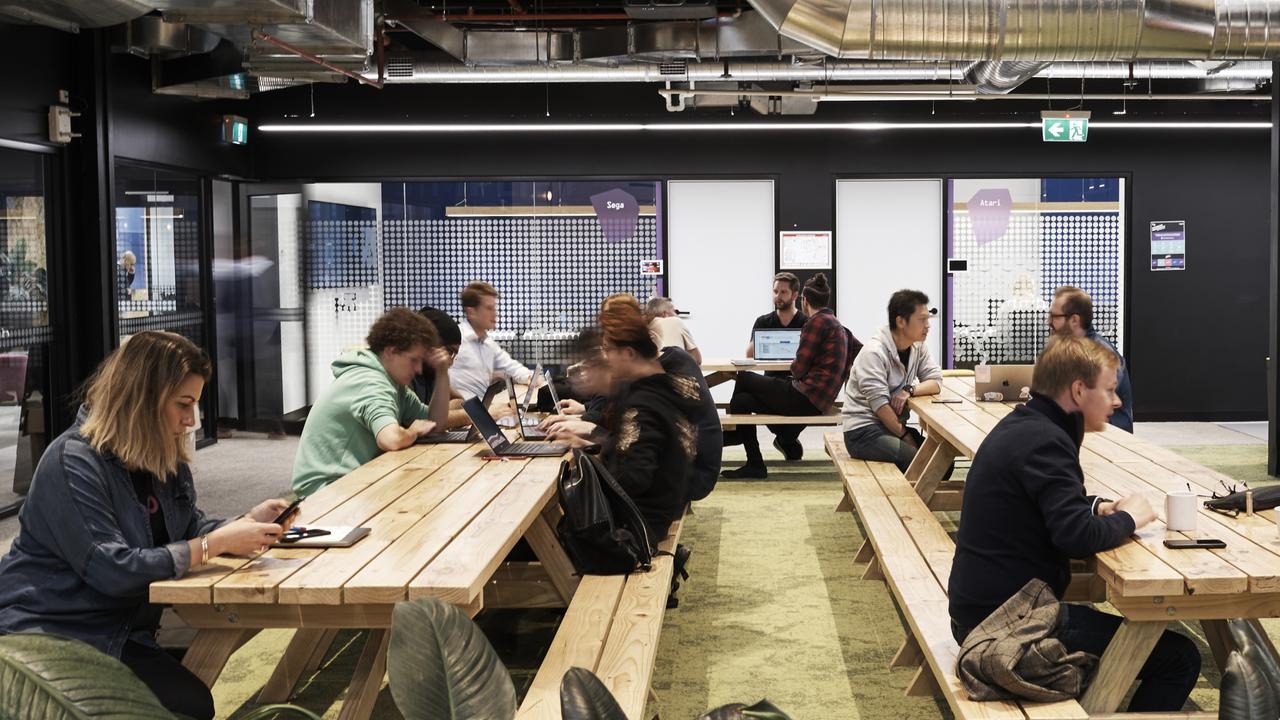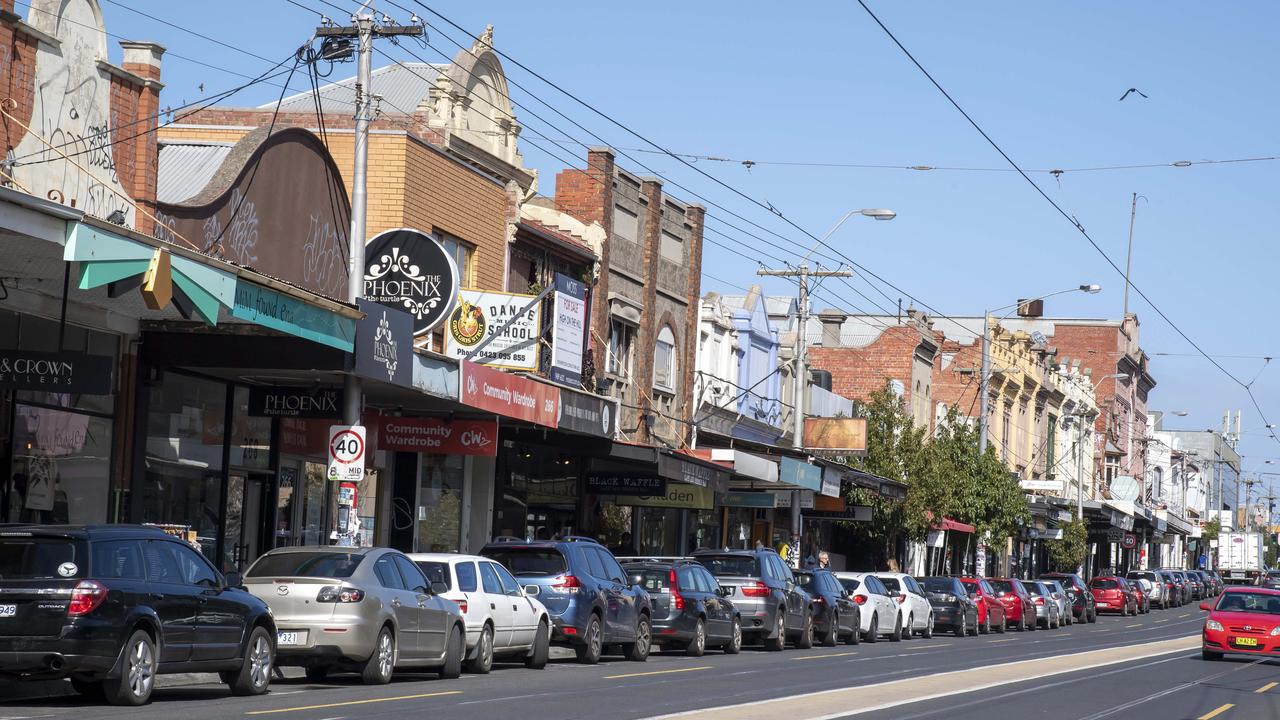Hyperloop technology could make Melbourne to Sydney quicker than plane
THE fastest way to Sydney is by plane. But this high-tech tube might revolutionise the way we travel between Australia’s biggest cities and get you there faster.
Future Victoria
Don't miss out on the headlines from Future Victoria. Followed categories will be added to My News.
- How long your drive will take in 2030
- Pay up to ease traffic: experts
- Radical plan for driverless trains
- City train use set to double
FORGET the Melbourne-Sydney rivalry: a rapid transport link between the cities could see them become an economic “mega-region” within a decade.
Australia’s booming population could result in an eastern seaboard powerhouse to match others in the world, such as the Shanghai district in China and San Fransisco-Los Angeles in the US.
The inland link might not be fast rail, as is often touted, but a “hyperloop” championed by global entrepreneur Elon Musk and being researched by RMIT transport designers.
The near-vacuum tube would transport people in pods at the speed of sound: just 53 minutes between Melbourne and Sydney.
BERNARD SALT: MELBOURNE MORE LIVEABLE, AFFORDABLE VS SYDNEY
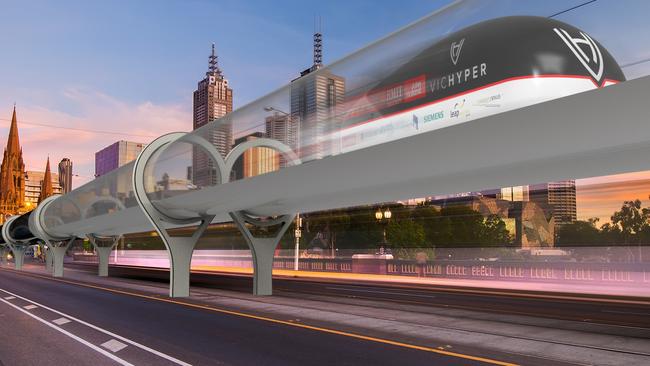
This would open up the hinterlands, providing growth for towns such as Shepparton, Wodonga and Goulburn.
Committee for Melbourne chief Martine Letts said the aim should be a mega-region.
“The time for rivalry is over. To compete on the global stage and to deliver the best for our economy and people, it is imperative that Melbourne and Sydney work together.
“A critical component for a successful eastern seaboard region is to bridge the geographical divide via an efficient intercity link.
“A rapid intercity link will support the vision. We have the technology to conquer the distance,” she said.
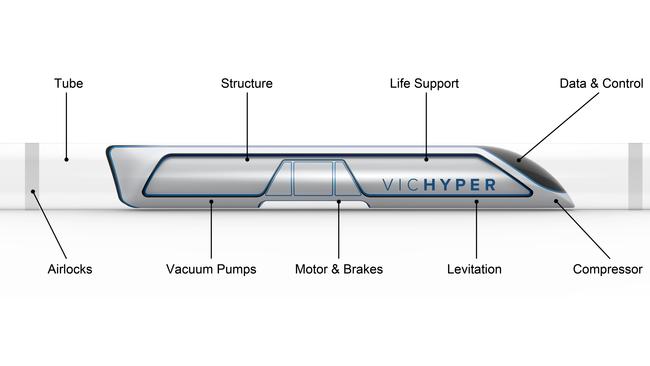
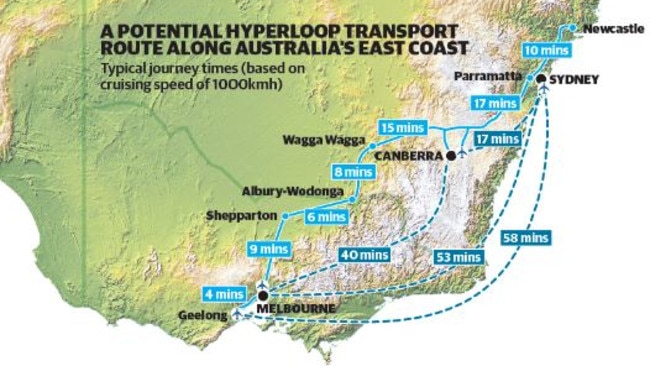
VicHyper chief executive Zac McLelland, who is based at RMIT, said the hyperloop technology, which had the potential to leapfrog fast rail and link the cities with ease, existed. It was now just a matter of putting it into practice.
“If we really wanted to do it, we could do it now, and be built within three to five years,’’ Mr McLelland said.
The tube could carry people and cargo in pods, running each way at the speed of sound, he said. The line would run above-ground through rural areas but underground in urbanised zones.
Work on costings would occur this year, he said.
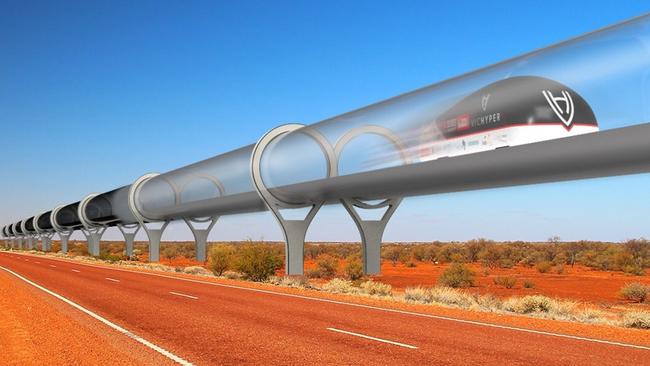
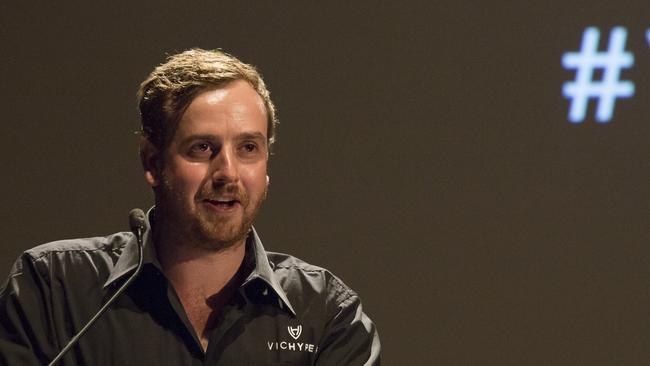
But an early ballpark figure was up to $40 billion.
A fast-rail proposal, launched last year by the CLARA group, put its cost at $200 billion.
Dubai is currently working on a hyperloop feasibility study, with an aim of being operative within five years. Testing is also continuing in the Nevada desert.
Any rapid link would mean the economies and workers of both cities could work as one.
Alan James, of Californian company Hyperloop One, told a federal parliamentary inquiry last year that the technology had the power to unite distant cities.
“If you connect A and B with a railway, you get A plus B. If you connect A and B with a Hyperloop, you get ‘AB-ville’, effectively, a single economy where it does not really matter where you live or work,’’ Mr James said.
Sydney and Melbourne alone are already responsible for 40 per cent of Australia’s economic output.
MORE FUTURE MELBOURNE


